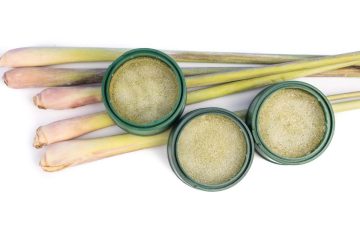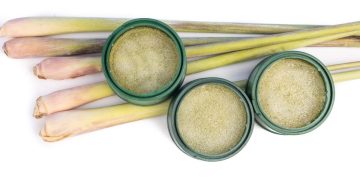Does lead-based paint still exist in Australia? How can you tell if you have lead-based paint? Can you just paint over lead paint?

When it comes to our homes, safety is a top priority. In this discussion, we’re diving into three important aspects of lead-based paint – its existence in Australian homes, how to spot it, and whether painting over it is a safe fix.
Let’s unravel these topics to empower homeowners with knowledge for creating healthier living spaces.
Lead-based paint has long been recognized as a potential health hazard, especially for young children. In Australia, efforts to address this issue have been ongoing, but many people still wonder: does lead-based paint still exist in the country?
To put it simply, yes, lead-based paint is still present in some older homes and buildings across Australia. The use of lead-based paint was common before its health risks were fully understood, and it was widely used in residential and commercial properties. While regulations have been implemented to restrict the use of lead-based paint in new constructions, the lingering presence of this hazardous material in older structures remains a concern.
Understanding the Risks
Lead is a toxic substance that can have severe health implications, particularly for children under the age of six. When lead-based paint deteriorates, it can create lead dust or chips, which, when ingested or inhaled, can lead to lead poisoning. This poisoning can affect the nervous system, causing developmental issues, learning disabilities, and behavioural problems.
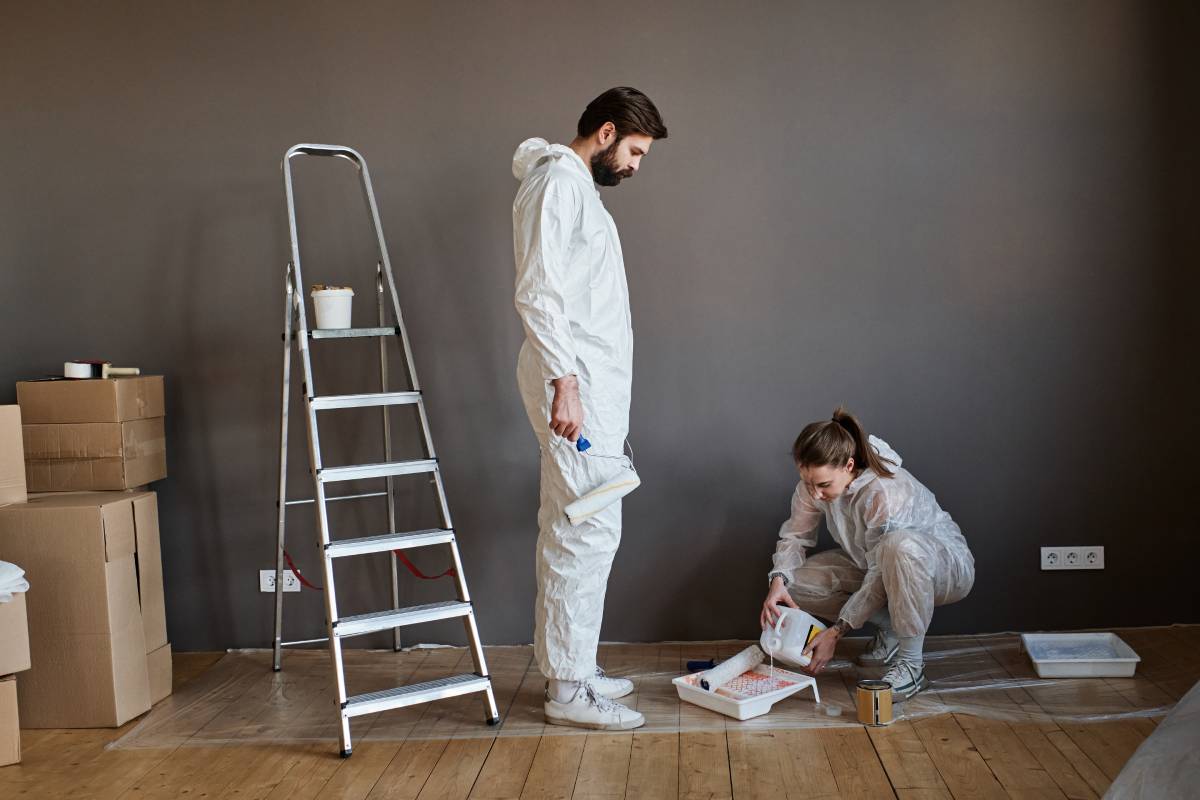
Identifying Lead-Based Paint
It’s crucial to be aware of the signs that a property may have lead-based paint. Homes built before 1970 are more likely to have used lead-based paint, and those built before 1950 are at an even higher risk. Inspecting painted surfaces for peeling, chipping, or deteriorating paint can indicate lead-based paint presence. However, it’s essential to note that lead-based paint might be underneath layers of non-lead paint, making visual identification challenging.
Prevention and Mitigation
If you suspect lead-based paint in your home, taking preventive measures is key. Regularly clean floors, windowsills, and other surfaces to reduce lead dust. If renovation or repainting is planned, hiring professionals experienced in lead-safe practices is essential. They can take necessary precautions, such as containment measures and personal protective equipment, to minimize the risk of lead exposure during the work.
Government Regulations
Australia has implemented regulations to address the issue of lead-based paint. The Australian government has set standards for lead content in paints, limiting the amount of lead allowed in residential and decorative paints. However, these regulations mainly apply to new paints, and the challenge lies in managing the existing lead-based paint in older buildings.
Community Awareness
Raising awareness about the risks of lead-based paint is crucial in ensuring the safety of families and communities. Public health campaigns and educational programs play a vital role in informing people about the potential dangers and encouraging proactive measures.
Determining whether your home has lead-based paint is a crucial step in ensuring a safe living environment, especially for families with young children. While lead-based paint was widely used before its health hazards were fully understood, there are practical ways to identify its presence.
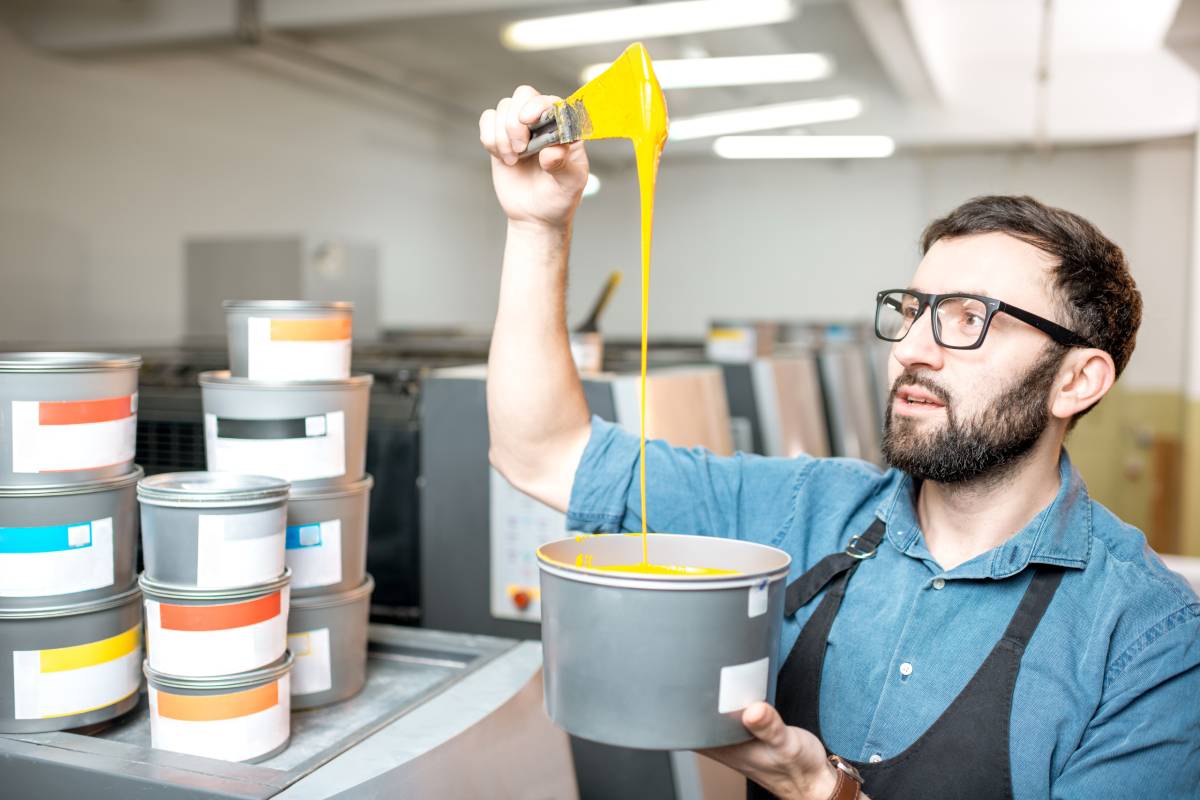
- Age of the Property: The age of your home can provide a significant clue. If your house was built before 1970, there is a higher likelihood that lead-based paint was used. However, homes constructed before 1950 are at an even greater risk, as lead-based paint was more commonly used during that period.
- Visual Inspection: A visual inspection is a practical first step. Examine painted surfaces, especially those with layers of paint. Lead-based paint may be present underneath newer layers. Look for peeling, chipping, or cracking paint, as these conditions can release lead dust or chips, posing a potential hazard.
- Testing Kits: Home lead testing kits are available and can be a handy tool for homeowners. These kits typically include swabs or wipes that change colour in the presence of lead. While they are convenient, it’s important to follow the instructions carefully for accurate results. Keep in mind that these kits may not always provide foolproof results and professional testing may be needed for confirmation.
- Professional Inspection: For a more accurate assessment, consider hiring a certified lead inspector or risk assessor. These professionals have the expertise and equipment to conduct a thorough inspection of your home. They may use specialized X-ray fluorescence (XRF) analyzers or collect paint, dust, and soil samples for laboratory testing.
- Ask Previous Owners: If you’re uncertain about the history of the paint in your home, consider reaching out to previous owners. They might have information about past renovations, paint applications, or lead abatement measures taken in the property.
- Government Records: Local health departments or building authorities may have records related to lead-based paint in your area. While this information may not be exhaustive, it can offer insights into the historical use of lead-based paint in homes.
- DIY Renovation History: If you have undertaken renovations or repairs in your home, think about whether you have encountered layers of old paint. Sanding or disturbing lead-based paint during renovations can release lead dust, posing health risks. If you have a history of such activities, it’s essential to take extra precautions.
- Educational Resources: Familiarize yourself with educational resources provided by health agencies and environmental organizations. They often offer guidelines on identifying and managing lead-based paint hazards, helping you make informed decisions about your living environment.
While the idea of painting over lead-based paint might seem like a quick fix, it’s not a recommended solution for several reasons.
- Ineffectiveness: Simply painting over lead-based paint does not eliminate the underlying problem. Over time, as the new paint wears or chips, the lead-based paint beneath it may still pose a risk.
- Surface Preparation: To ensure the new paint adheres properly, surfaces need to be clean and smooth. However, lead-based paint may be unstable, making it difficult to create an ideal surface for the new paint. If the existing lead-based paint is peeling or chipping, it can compromise the adhesion of the new paint.
- Encapsulation vs. Encasement: Professionals may use methods like encapsulation or encasement to address lead-based paint. Encapsulation involves applying a special coating to seal the lead-based paint, while encasement involves covering the surface with a durable material. These methods, when done correctly, can be more effective than simply painting over the lead-based paint.
- Potential Hazards during Renovation: If you decide to repaint or undertake renovations without proper precautions, the process of sanding or scraping can release lead dust into the air, creating a health hazard. It’s crucial to follow safe practices during any renovation work involving lead-based paint.
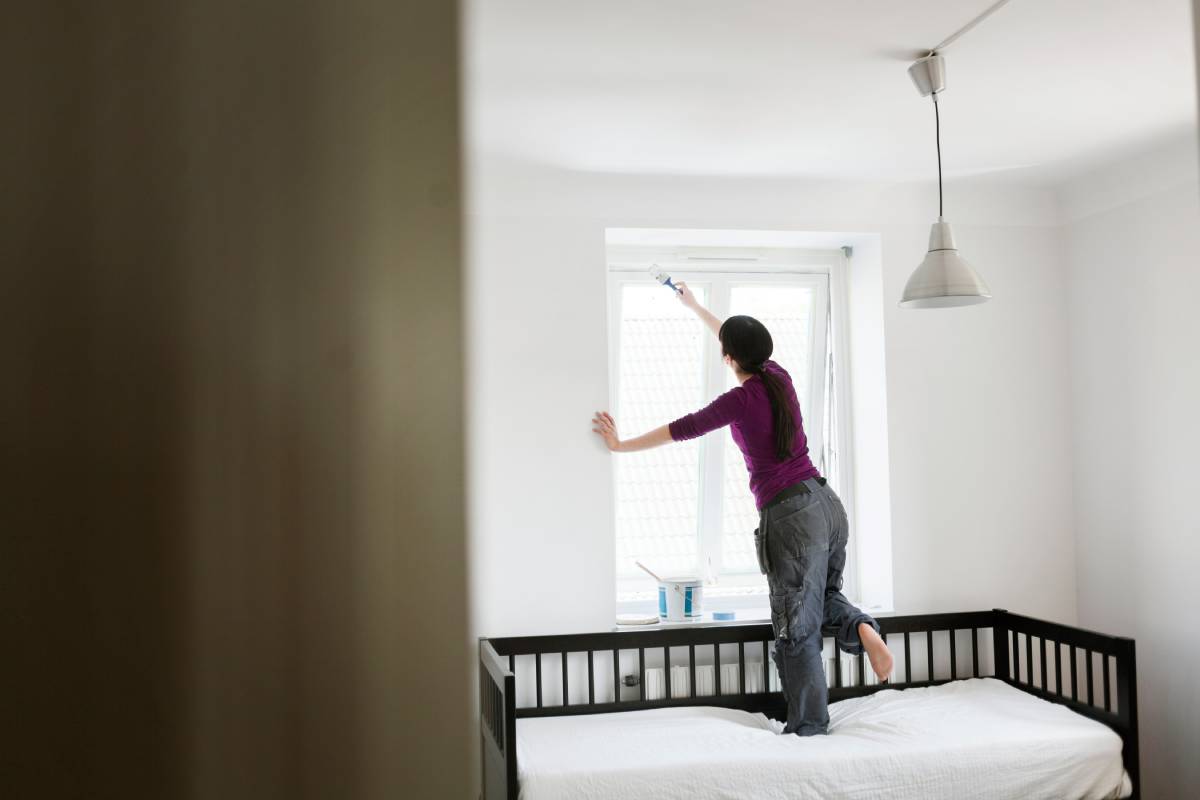
Safe Options for Dealing with Lead-Based Paint
- Professional Assessment: Before taking any action, consider hiring a certified lead inspector or risk assessor. They can provide a thorough evaluation of your home’s lead-based paint situation and recommend appropriate steps.
- Safe Removal: If lead-based paint is in poor condition or poses a significant risk, professional lead abatement may be necessary. This involves safely removing or enclosing the lead-based paint, minimizing exposure risks.
- Preventive Measures: Implement preventive measures to reduce the risk of lead exposure. Regular cleaning and maintenance can help minimize the creation of lead dust or chips. Using doormats and removing shoes before entering the home can also reduce the likelihood of bringing lead-contaminated soil indoors.
- Educational Resources: Stay informed by utilizing educational resources provided by health agencies and environmental organizations. Understanding the proper procedures for dealing with lead-based paint can empower you to make informed decisions about your living space.
Conclusion
In the realm of home safety, awareness and informed decision-making play pivotal roles. As we conclude our exploration of lead-based paint, we recognize that its presence in Australian homes persists, particularly in older structures. Identifying this hazard involves a combination of visual inspection, testing kits, and professional assessments.
Whether it’s understanding the risks associated with lead-based paint in Australia, discovering methods to identify its presence, or contemplating the option of painting over it, proactive measures are essential.

